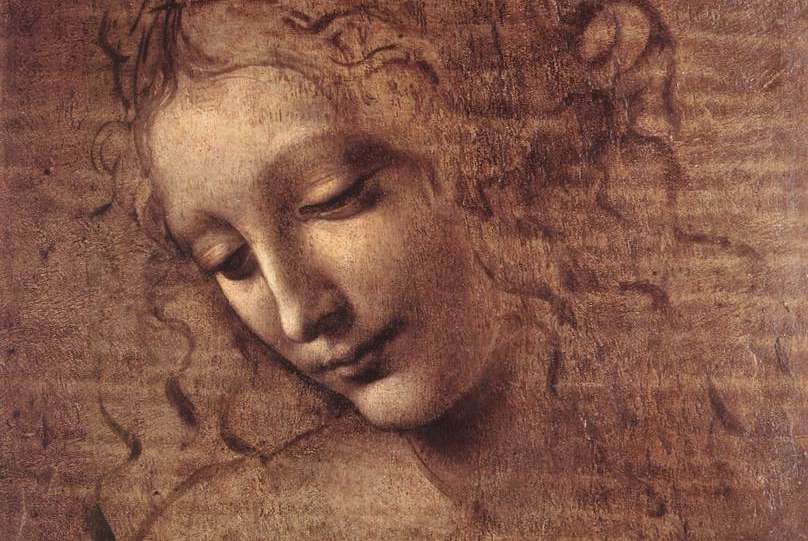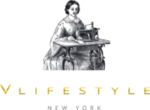Share This Article
The Conversion of Mary Magdalene painting is one of Paolo Veronese’s earliest works, painted when he was about 18, probably for a noble patron in Verona. The lighting from the right suggests that it was made for a specific location, perhaps the side wall of a chapel. The painting demonstrates Veronese’s sophisticated approach to narrative and composition.
The painting’s subject has been the matter of much debate but it is now believed to show the conversion of Mary Magdalene. The story is absent from the Bible but is told in Pietro Aretino’s book L‘umanità di Cristo (’The Humanity of Christ‘) of 1535.
Martha takes her sister Mary Magdalene to the Temple to hear Christ preach, as she is worried about her spiritual health. In western Christianity since the Middle Ages, Mary Magdalene was considered to be a promiscuous woman. Overcome by Christ’s words, Mary blushes with shame and sinks to her knees. Mary’s fashionably low-cut, sixteenth-century dress, which is inappropriate for a visit to the Temple, is a sign of her formerly sinful life of vanity and pleasure. Mary is converted by her encounter with Christ and turns to a life of piety. The jewelry slipping from her neck suggests her decision to reject worldly vanities and become a follower of Christ.
The painting is currently on display at The National Gallery, London, United Kingdom.


